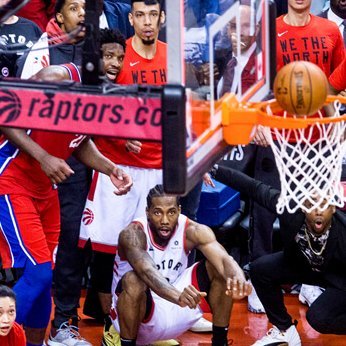You Might Have Improved Alot as a Trader Without Realizing It, Even If Your YTD % Return Doesn't Show It. Try this simple exercise. It may seem contradictory to say a trader in developmental phrase has improved even if their net annual % return doesn't reflect it. The truth is, generating alpha from the market ultimately depends on having optimal conditions that align with your strategy during a given period. One can feel extremely frustrated and discouraged to have already put in effort, lots of hours, and commitment without seeing the fruits of your labor. However, I firmly believe that most traders have subconsciously improved over time if they are stringent with their trading blueprint, daily process, and constantly seek to improve the quality of their setup identification and trade execution, rather than focusing solely on immediate gains. I highly encourage you to do this simple exercise monthly or quarterly over the weekend (hey, the market is closed next Wednesday for Juneteenth too): review your trading journal, looking back to beyond 24 months ago to avoid hindsight bias. Create a new column and rate each setup and execution with a simple 'A', 'B', or 'C' (ignoring the outcome). Assign an A if it's a setup you would still execute today, and a C if it's one you would now disregard, and couldn't believe you would even consider then. Over time, you may have subconsciously improved by recognizing factors such as setups being extended from MAs beyond your risk appetite, low average volume with wide spreads, lack of prior consolidation, or range already expanded prior to execution day. Give a B to those setups that you felt conflicted, because they meet some but not all of your own considerations. If you are already able to segregate your historical trades into these 3 simple categories without much struggle, this itself is a significant stride in your trading setup identification. Next, evaluate the performance of only A-rated trades, as well as A and B-rated trades combined, compared to all your trades (A + B + C). I hope this exercise provides you with clarity and answers about whether you are on the right track and progression on your trading journey.
You Might Have Improved Alot as a Trader Without Realizing It, Even If Your YTD % Return Doesn't Show It. Try this simple exercise. It may seem contradictory to say a trader in developmental phrase has improved even if their net annual % return doesn't reflect it. The truth is, generating alpha from the market ultimately depends on having optimal conditions that align with your strategy during a given period. One can feel extremely frustrated and discouraged to have already put in effort, lots of hours, and commitment without seeing the fruits of your labor. However, I firmly believe that most traders have subconsciously improved over time if they are stringent with their trading blueprint, daily process, and constantly seek to improve the quality of their setup identification and trade execution, rather than focusing solely on immediate gains. I highly encourage you to do this simple exercise monthly or quarterly over the weekend (hey, the market is closed next Wednesday for Juneteenth too): review your trading journal, looking back to beyond 24 months ago to avoid hindsight bias. Create a new column and rate each setup and execution with a simple 'A', 'B', or 'C' (ignoring the outcome). Assign an A if it's a setup you would still execute today, and a C if it's one you would now disregard, and couldn't believe you would even consider then. Over time, you may have subconsciously improved by recognizing factors such as setups being extended from MAs beyond your risk appetite, low average volume with wide spreads, lack of prior consolidation, or range already expanded prior to execution day. Give a B to those setups that you felt conflicted, because they meet some but not all of your own considerations. If you are already able to segregate your historical trades into these 3 simple categories without much struggle, this itself is a significant stride in your trading setup identification. Next, evaluate the performance of only A-rated trades, as well as A and B-rated trades combined, compared to all your trades (A + B + C). I hope this exercise provides you with clarity and answers about whether you are on the right track and progression on your trading journey.
@jfsrevg Looks like I've got some homework to do 😅





